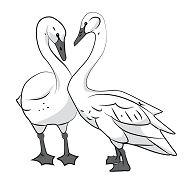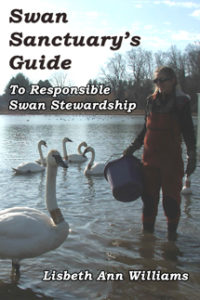I began making a new garden six months ago and I am very excited today because my garden is listed on the Garden Tour in the town I am living in. I have the opportunity to educate others about this method and to be an advocate for sustainable gardening! I wrote the following information sheet to pass out to visitors when they come by to see my garden and I want to share it with you, too.
While the concept may have been around for centuries, Hügelkultur has been adopted in recent times, as a sustainable method of gardening, by permaculturists and advocates of no-till methods. In plain language, it refers to “mound culture”, which is a type of raised bed.
A Hügelkultur bed is made by digging a trench that is ideally about 18” deep. If you have the benefit of a bobcat, this would make the job a bit easier. Taking dead tree branches, or even, whole tree logs, dead shrubs, limbs, and twigs from your property, you begin to pile them up inside the trench that you have dug. If you have any cardboard available, that does not contain colored ink; you may put down layers of that, first. This helps to draw in the earthworms. Ideally, you will want to pile the biomass to about 2 to 3 feet above the soil surface. Then you begin to replace the soil that you had dug out, back into the bed, on top of the yard debris. If you had grass in the area initially, save that for the top, and place it upside down. When it is finished, your raised bed should be about 3 to 4 feet high.
Ideally, you may want to soil test your soil. You might first grow a couple of cover crops in your beds to boost the soil health if necessary, turning them into the soil before they go to seed. You may wish to wait a year before planting in your beds.
Hügelkultur beds can be used for many purposes. They can replace berms and be planted with trees to create living fences. They can provide alternatives for landscaping in and around towns and cities, creating healthier plantings of trees, which help to reduce carbon in our atmosphere. They can be used alone, or in conjunction with rain gardens, to slow down water runoff that carries off nitrogen, causing algae blooms, and culminating in the death of fish many miles downstream.
There are many benefits to implementing hügelkultur in the landscape:
- Any no-till method respects the integrity of the soil, striving to protect the intricate network of mycorrhizae, the extensive fungal colonies that live at the soil surface. These mycelium threads weave throughout plant roots, providing them the necessary water and minerals for optimal growth. In return, the mycorrhizae are provided, via the plant roots, the sugars produced by photosynthesis. This is a symbiotic relationship between the plant roots and the fungal colonies.
- Soil is continually improved through the decomposition of the biomass contained within the hügelkultur bed. This draws in earthworms that aid in breaking down the material into usable nutrients. Because the nutrients are continually being provided by the beds themselves, it is unnecessary to add additional fertilizers.
- Hügelkultur beds require a bit of work initially, but once established, they are very low maintenance. Because of their raised height, they are easier to maintain. Plants are elevated above foot traffic, eliminating soil compaction.
- The biomass within the beds is able to hold water, creating a kind of sponge. This makes water available to plants even amid dry conditions.
- The hügelkultur beds are an aid to preventing erosion and the loss of valuable topsoil.
- In using the available dead wood that is available, it cuts down on yard debris being wastefully sent to the landfill. When using this method, nothing has to leave your property – and nothing needs to be brought in.
- This is a very low cost method. Raised beds built from treated lumber, would cost in the hundreds of dollars, requiring truckloads of leaf grow, or other soil to fill them.
The greatest benefit to applying sustainable methods to your garden is that you are giving back to the earth, instead of just taking from it.



